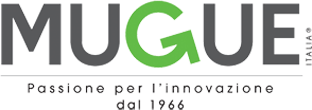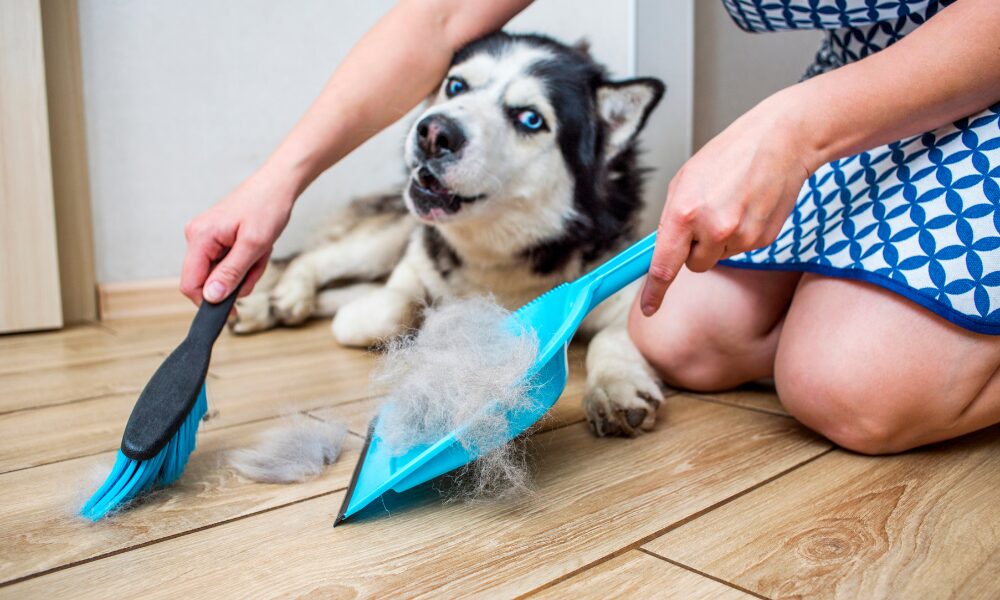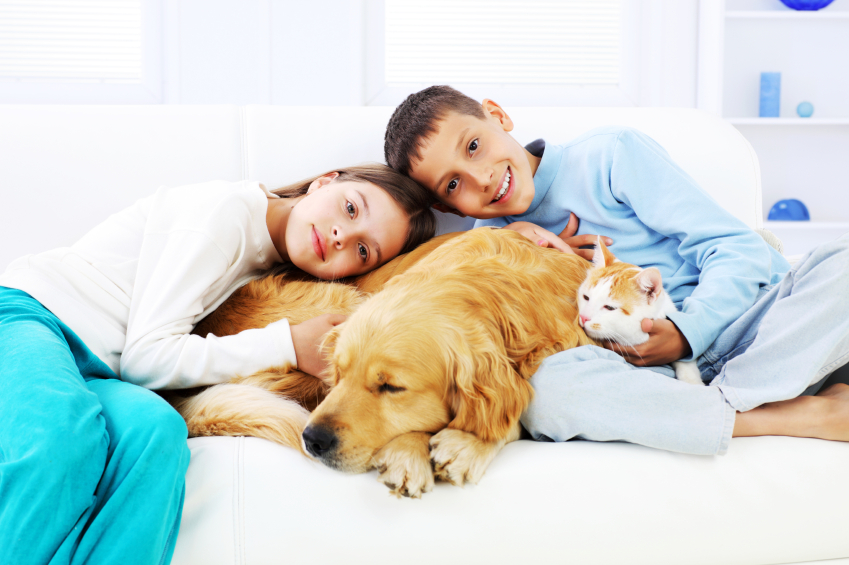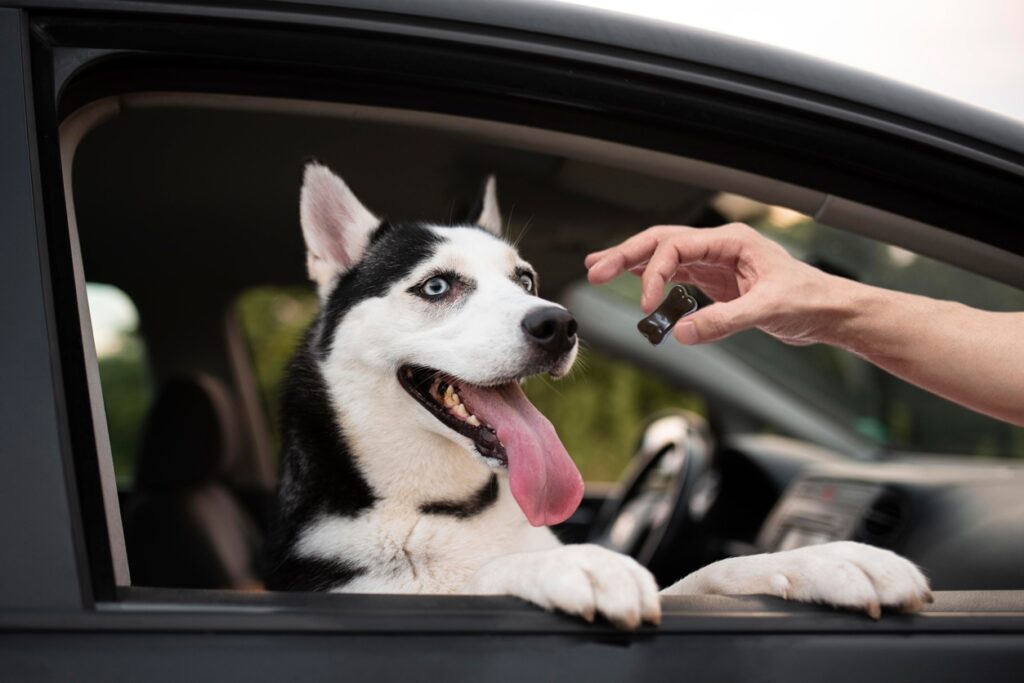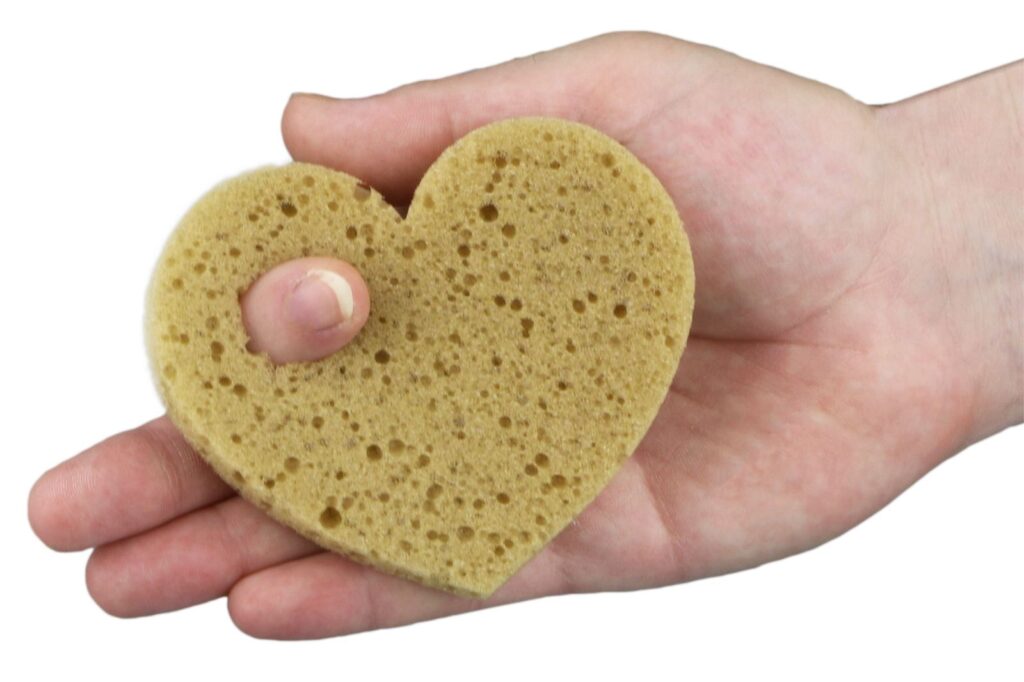Anyone who has a dog knows it: finding hair scattered around the house is inevitable. Unless they are hairless breeds, all dogs shed, including hypoallergenic ones like greyhounds, poodles and Maltese. Even breeds that tend to shed less are not completely free from the phenomenon. But why does this happen?
Hair loss is part of the normal life cycle of hair follicles. Just like humans, hair goes through different phases: growth, rest, and shedding. When dead hair falls out, it makes room for new hair, thus keeping the dog’s coat healthy and functional. There are times of the year or situations in which the phenomenon can intensify, causing not only a mess in the house but also concern for owners.
Climate change: the role of seasons
Just as we change our wardrobe seasonally, dogs must adapt to changes in temperature. In nature, many animals shed more hair in the spring and fall, when temperatures rise or fall significantly. This phenomenon, called molting, allows the dog to adjust its coat to best cope with the climate.
However, not all dogs experience shedding in the same way. Nordic breeds, such as Huskies or Malamutes, may shed large amounts of hair twice a year, while short-haired breeds may shed more evenly throughout the year. The environmental conditions in which the dog lives also have an impact: a dog that spends a lot of time outdoors may shed differently than one that lives mainly indoors, where heating or air conditioning can alter the normal shedding cycle.
In winter, therefore, many dogs lose their light fur to make room for a thicker, more insulating coat.
Stress and anxiety: when hair reflects emotions
Another factor that can cause excessive hair loss is stress. Dogs, being very sensitive animals, can be affected by changes in routine, such as a move, the arrival of a new family member (human or animal), or even a prolonged absence of the owner.
In these cases, in addition to hair loss, your dog may show other symptoms of anxiety, such as agitation, destructive behavior, excessive vocalizations, or changes in appetite. It is important to observe the dog’s behavior and try to reduce stressors. For example, maintain a predictable routine, dedicate time to play and physical contact, or use natural remedies such as calming pheromones.
Health problems: when to see a vet
Often, the health of the coat reflects the overall health of the dog. If you notice a sudden increase in hair loss, areas of red or irritated skin, or if the coat seems dull and brittle, it may be time to consult your veterinarian.
Some medical causes of hair loss include:
- endocrine diseases, such as hypothyroidism or Cushing’s syndrome;
- skin disorders, such as allergies or bacterial and fungal infections;
- nutritional deficiencies, due to a diet poor in essential nutrients;
- dehydration, which causes dry skin and can increase hair loss.
Make sure your dog always has access to fresh, clean water, even during the coldest months. Proper hydration is essential to maintaining supple skin and a shiny coat.
Hygiene: the brush as a daily ally
Regardless of your dog’s coat type, daily grooming is essential. Regular brushing helps remove loose hair before it ends up on your furniture or clothing, significantly reducing the amount of hair in your home.
Brushing also helps distribute the natural oils produced by the dog’s skin, which keep the coat soft and healthy. For bathing, use only shampoos specifically designed for dogs: those for human use are too aggressive and can cause irritation.
A great tool for grooming is the brush PET DOG Pelù, designed to effectively remove excess hair and enrich the coat with plant extracts. Thanks to its formulation with Neem oil, known for its antiseptic properties, and Argan oil, which nourishes and protects, it is a valid aid to keep your dog’s coat healthy and clean.
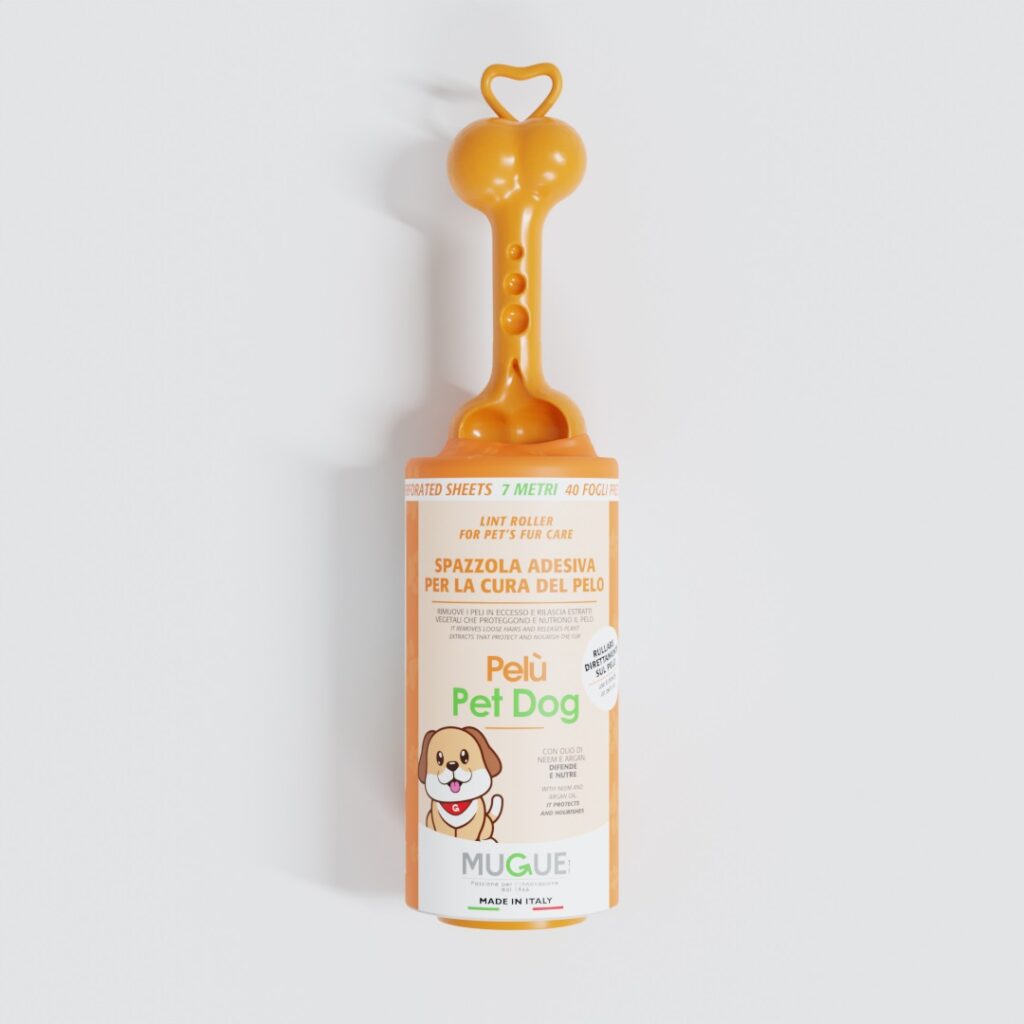
Nutrition: a balanced diet for healthy fur
Diet plays a crucial role in the health of your dog’s coat. A balanced diet, rich in high-quality proteins, healthy fats, vitamins and minerals, is essential to maintaining a strong and shiny coat.
There are also specific foods formulated to improve skin and coat health. For example, dogs with food allergies, who are often prone to hair loss, may benefit from grain-free or hypoallergenic diets. Additionally, supplementation with omega-3 and omega-6 fatty acids can significantly improve coat quality and reduce skin problems.
To minimize hair loss in your home and keep your dog in excellent health, you can follow these practical tips:
- brush your dog regularly, especially during moulting periods;
- maintain a balanced diet and consult your vet about taking any supplements;
- monitor your dog’s skin and coat to detect any problems early;
- reduce stress by maintaining a stable routine and giving your four-legged friend plenty of attention;
- make sure your dog drinks enough water every day.
